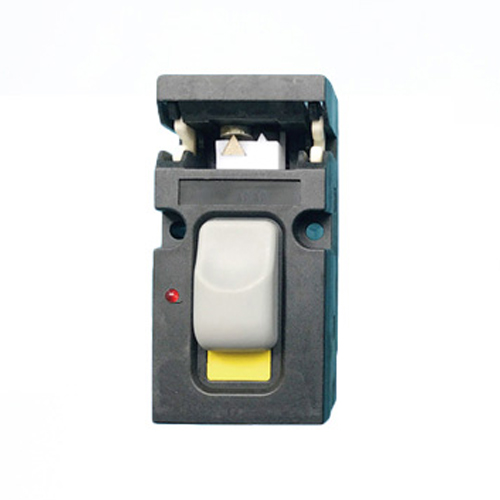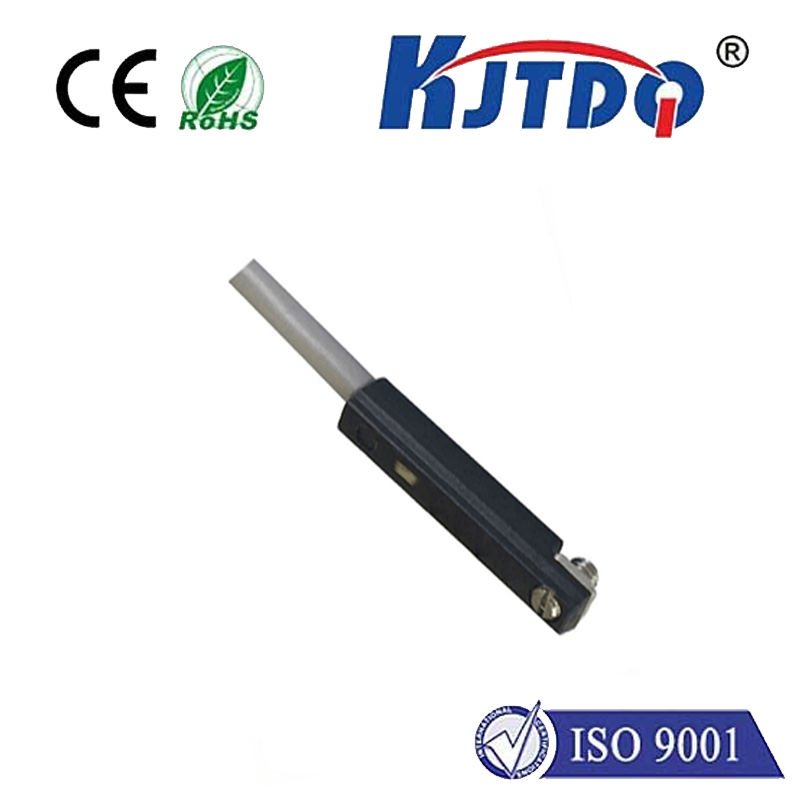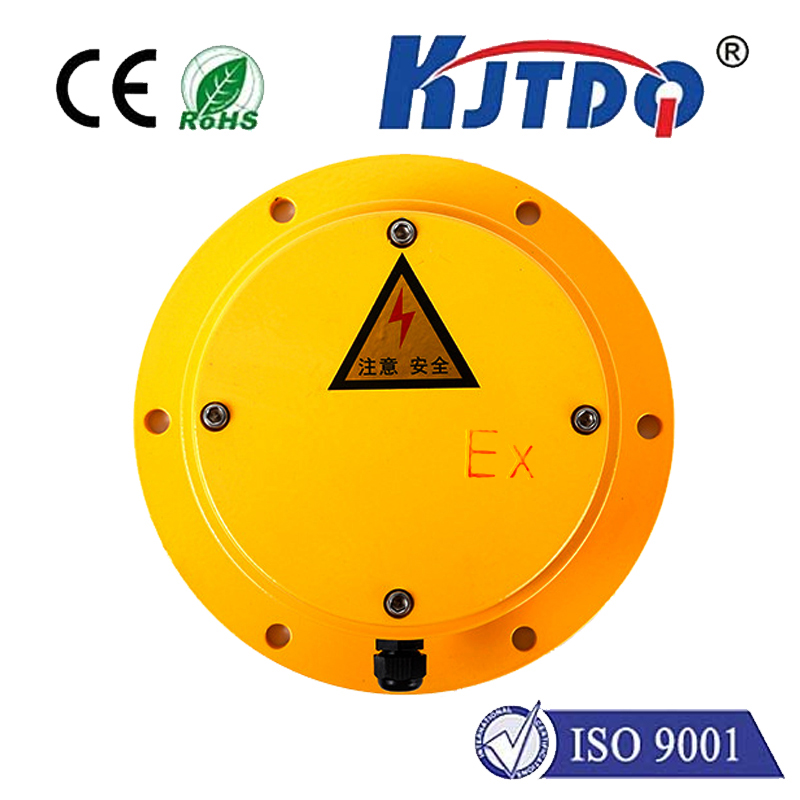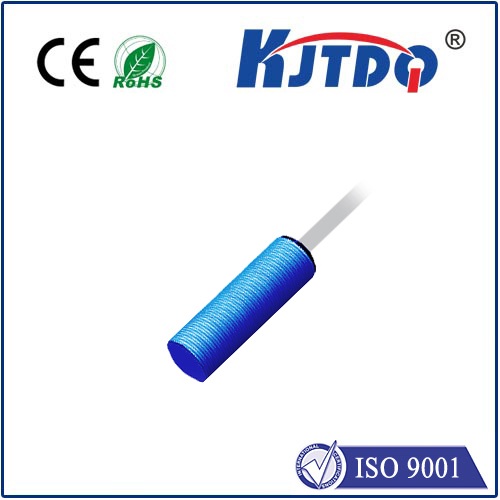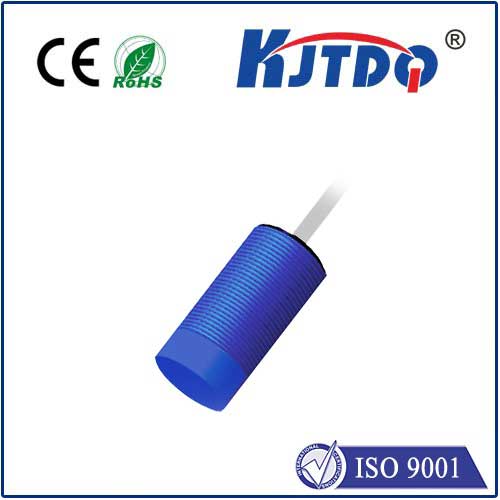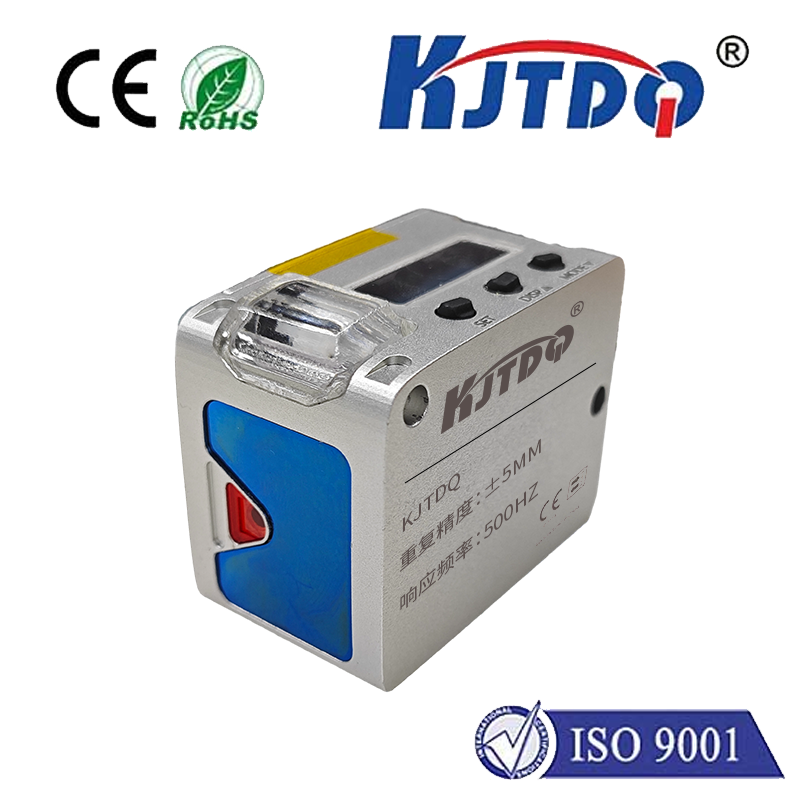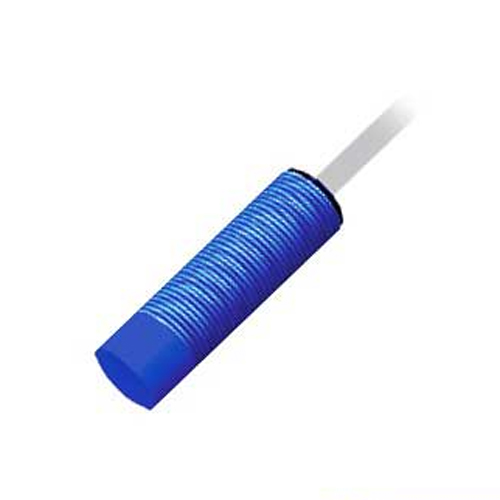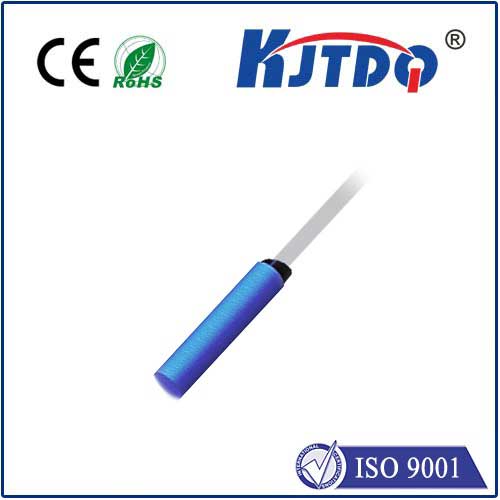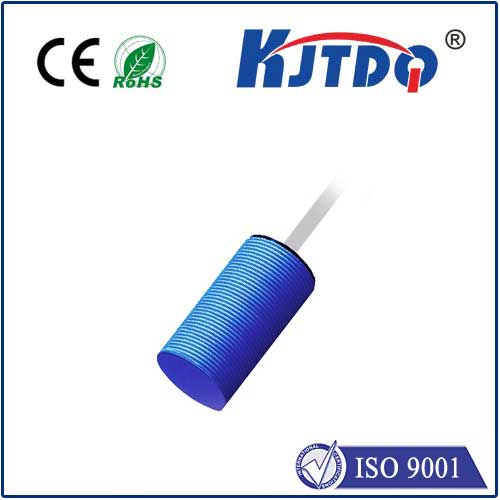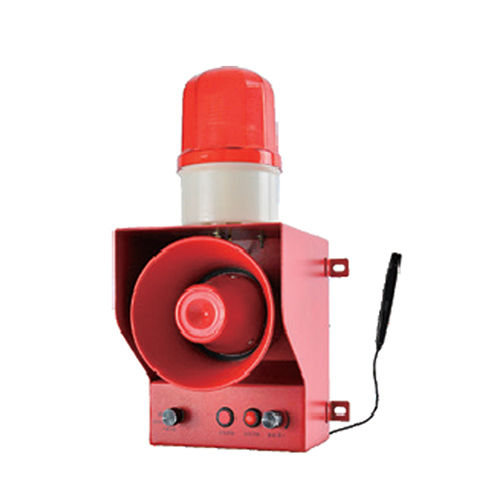индукционный и конденсаторный датчики приближения
- time:2025-07-15 08:47:36
- Нажмите:0
Inductive or Capacitive? Demystifying Proximity Sensors for Smarter Automation
In the intricate dance of modern automation, where precision and reliability are paramount, machines often need to “sense” the world without physical touch. This is where proximity sensors become the silent orchestrators. Among these versatile components, inductive and capacitive proximity sensors reign supreme, each offering unique strengths for non-contact object detection. Choosing the right technology isn’t just a technicality; it’s fundamental to maximizing efficiency, preventing errors, and ensuring system longevity. But what truly differentiates an индукционный датчик приближения from its capacitive counterpart? Let’s delve into their core principles and illuminate the best fit for your application.
The Core Premise: Detecting Presence Without Contact
Both inductive and capacitive sensors belong to the датчик приближения family, meaning they detect the presence or absence of an object within a certain range without needing to bump into it. This non-contact detection is revolutionary, offering benefits like:
- Zero Mechanical Wear: No physical touching means no parts scraping or wearing out due to repeated contact.
- High-Speed Operation: Capable of detecting objects moving at very high speeds, far exceeding mechanical switches.
- Harsh Environment Resilience: Often sealed robustly, they resist contamination from dust, oil, coolant, and vibration better than contact-based solutions.
- Long Service Life: With no moving parts to fail, their operational lifespan is typically very long.
However, how they achieve this detection is where their paths diverge significantly.
The Inductive Proximity Sensor: Master of Metal Detection
Imagine a sensor that whispers to metal. That’s essentially what an индукционный датчик приближения does. Its operation hinges on electromagnetic induction.
- The Core Mechanism: Inside the sensor face is a coil connected to an oscillator, generating a high-frequency electromagnetic field.
- Interaction with Target: When a ferrous metal (like iron or steel) or sometimes even non-ferrous metals (like aluminum, copper, brass - albeit at a shorter sensing range) enters this field, it induces tiny circulating electrical currents within the metal itself. These are called eddy currents.
- Energy Drain & Detection: The creation of these eddy currents draws energy from the sensor’s oscillating circuit. This energy loss causes a measurable change in the oscillation amplitude.
- Signal Processing: The sensor’s internal electronics monitor this amplitude change. When the change exceeds a preset threshold (signifying a target is close enough), it triggers the sensor’s output switch (solid-state, like NPN or PNP transistors) to change state (ON/OFF).
Key Strengths of Inductive Sensors:
- Unrivaled for Metal Detection: Significantly more reliable and offers longer sensing ranges when targeting metals compared to capacitive sensors.
- Highly Rugged: Typically housed in robust metal bodies, excellent for demanding industrial environments (machine tools, hydraulic systems, heavy machinery).
- Unaffected by Non-Metallics: Generally ignore the presence of dust, dirt, liquids, wood, plastic, or cardboard between the sensor and the target metal. Only the target metal triggers it.
- Predictable Performance: Sensing range is relatively stable and consistent for a given target material and size.
Typical Applications:
- Machine Automation: Detecting metal parts on conveyors, robotic arms, clamps, end stops.
- Position Feedback: Verifying cylinder position (piston rods), tool changer positions, spindle orientation.
- Revolution Counting: Monitoring rotation of geared metal targets.
- Security: Detecting metal objects.
The Capacitive Proximity Sensor: Detecting Almost Anything
Think of a capacitive sensor as a more versatile cousin. Instead of magnetism, it operates on the principle of capacitance, similar to how a capacitor stores electrical energy.
- The Core Mechanism: The sensor face acts as one plate of a capacitor. The other plate is either the target object itself or a ground reference. An oscillator generates an electrical field emanating from the active face.
- Interaction with Target: When any object (metal, plastic, wood, liquid, powder, glass, cardboard, etc.) enters this electrostatic field, it disturbs the field lines. Even non-conductive materials change the dielectric constant of the space between the sensor and its reference.
- Capacitance Change: This disturbance changes the capacitance of the system.
- Signal Processing: The sensor’s circuitry detects this change in capacitance. When the change reaches a preset level (indicating the target is within range), it triggers the output switch.
Key Strengths of Capacitive Sensors:
- Material Versatility: Can detect virtually any solid or liquid material – metal, plastic, glass, wood, paper, granules, oil, water, chemicals. This is their defining advantage.
- Non-Metallic Sensing: Ideal for detecting plastic bottles, liquid levels inside tanks (through non-metallic walls), wood blocks, granule levels in hoppers, paper stacks.
- Level Detection: Excellent for monitoring levels of liquids, powders, or granular solids in containers.
- Adjusted Sensitivity: Most capacitive sensors feature a sensitivity potentiometer, allowing fine-tuning to ignore container walls or focus on the target material.
Important Considerations:
- Material Dependency: The sensing range is influenced by the target material’s dielectric constant. Metals are detected at the maximum range (~40-60% sensor diameter). Plastics and liquids require shorter ranges (~15-40% sensor diameter).
- Environmental Sensitivity: More susceptible to interference from moisture, condensation, or airborne dust/contaminants clinging to the sensor face than inductive types. Requires careful mounting location consideration.
Typical Applications:
- Level Control: Liquid levels in tanks (even plastic/glass), powder levels in silos, granular material in hoppers.
- Packaging: Detecting plastic bottles, cartons, bags, foil lids.
- Перевозка материалов: Sensing wood, cardboard boxes, composite materials.
- Process Control: Detecting presence/absence of non-metallic components.
- Food & Beverage: Monitoring fill levels of liquids and solids.
The Critical Choice: Inductive vs. Capacitive
Making the optimal selection boils down to two primary questions:
- What material is your target object?
- Primarily Metal? Choose Inductive. It offers superior range, consistency, and resilience in dirty metal-dominated environments.
- Non-Metallic or Mixed Materials? Choose Capacitive. Its ability to detect plastics, liquids, wood, etc., is essential. It’s also suitable for metals if detection range isn’t the primary concern.
- What is the operating environment like?
- Extremely dirty, wet, or with metal chips/fine metal dust? Inductive sensors generally handle conductive contamination better in these conditions as they are tuned specifically for metal proximity. Capacitive sensors might false-trigger.
- Requiring detection through a non-metallic container wall? Capacitive is uniquely suited for this common level-sensing task.
Comparison at a Glance:
| Особенности |
индукционный датчик приближения |
конденсаторный датчик приближения |
| Detection Principle |
Electromagnetic Induction (Eddy Currents) |
Capacitance Change (Dielectric Effect) |
| Target Materials |
Ferrous Metals (Best), Non-Ferrous Metals (Reduced Range) |
Virtually All Materials (Metal, Plastic, Wood, Liquid, Powder, Glass) |
| Sensing Range |
Longer range for metals (Up to ~60mm typical) |
Shorter range, especially for non-metallics (Typically ~25mm max for non-metals) |
| Environment Suitability |
Excellent in dirty, oily, wet conditions with metal particles |
Good, but sensitive to moisture/condensation on sensor face; conductive dust can cause false triggers |
| Key Strength |
Ruggedness & Metal Detection |
Material Versatility & Level Sensing |
| Typical Use Case |
Machine part presence (metal), cylinder position, revolution counting |
Level |
